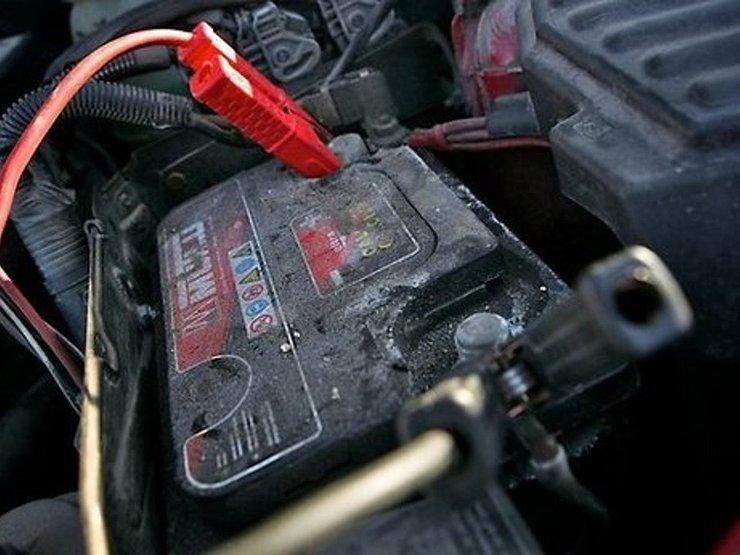
ABS system. How to use the ABS system?
 The anti-skid brake system, commonly known as ABS, works covertly - we do not use it on a daily basis, and it comes in handy in emergency situations when we have problems with braking.
The anti-skid brake system, commonly known as ABS, works covertly - we do not use it on a daily basis, and it comes in handy in emergency situations when we have problems with braking.
At the beginning, let's say - what exactly is ABS for and what role does it play? Contrary to popular belief, ABS is not used to shorten the emergency braking distance. Actually, the case is more complicated.
Beginner's ABS
The ABS system sometimes shortens the braking distance, and it is very significant, but only when the braking is an inexperienced driver who makes serious mistakes when using the brakes. Then the ABS corrects these errors and the inexperienced driver stops the car at a reasonable distance after all. However, when the driver brakes skillfully, he will not "overcome" the ABS. Everything comes from the fact that the wheel with the tire transfers the forces most effectively to the paved road surface when it skids by a dozen or so percent. So - no skid is bad, large, XNUMX% skid (wheel locked) is also bad. The latter case is disadvantageous because, apart from a too long braking distance, it prevents any maneuvers, e.g. avoiding an obstacle.
Pulse braking
The most effective braking is achieved when all four wheels rotate at a speed slightly slower than the current speed. But such control of the brakes with one pedal is difficult and sometimes technically impossible - for all four wheels simultaneously -. Therefore, a replacement braking system, called pulse braking, was invented. It consists in quickly and forcefully pressing the brake pedal and releasing it. The wheels are then locked and released, but not constantly skidding. This method is effective for braking on a slippery surface in a car without ABS. However, it is ABS that simulates pulsed braking, but very quickly and separately for each wheel. In this way, it delivers nearly the maximum stopping power from all four wheels, regardless of the amount of grip they hit. In addition, it ensures the relative stability of the car and the possibility of maneuvering. When the rider turns the steering wheel to avoid an obstacle, the ABS will "sense" and reduce the braking force of the front wheels accordingly.
The editorial board recommends:
Driving license. Changes to the recording of exams
How to drive a turbocharged car?
Smog. New driver fee
See also: We are testing a Volkswagen city model
How to use the ABS system?
Hence the basic recommendation on how to emergency brake with ABS. All finesse is then detrimental, and the brake pedal must be depressed hard and mercilessly. The reason is simple: the first symptom of ABS operation, i.e. brake pedal tremors known to drivers, may indicate that we have obtained the maximum braking force of only one wheel. And the rest? Therefore, the pedal must be pressed as hard as possible - the car will not skid anyway. Designers more and more often use additional brake assist systems - if we brake quickly, there is a suspicion that the situation is an emergency and the system "alone" reacts more violently than when you press the pedal gently.
How can we be sure that our ABS car will actually behave as it should in an emergency? Although there is a lamp on the instrument panel (with the word ABS or a sliding car), which goes out a few seconds after starting the engine, it signals that the system is working properly, but it is best to brake hard once in a while. Of course, after making sure that nothing is driving in the rear. The test emergency braking will show if the ABS is working, remind you how the brake pedal shakes, and will also allow you to retrain a rather difficult maneuver to avoid an obstacle.
